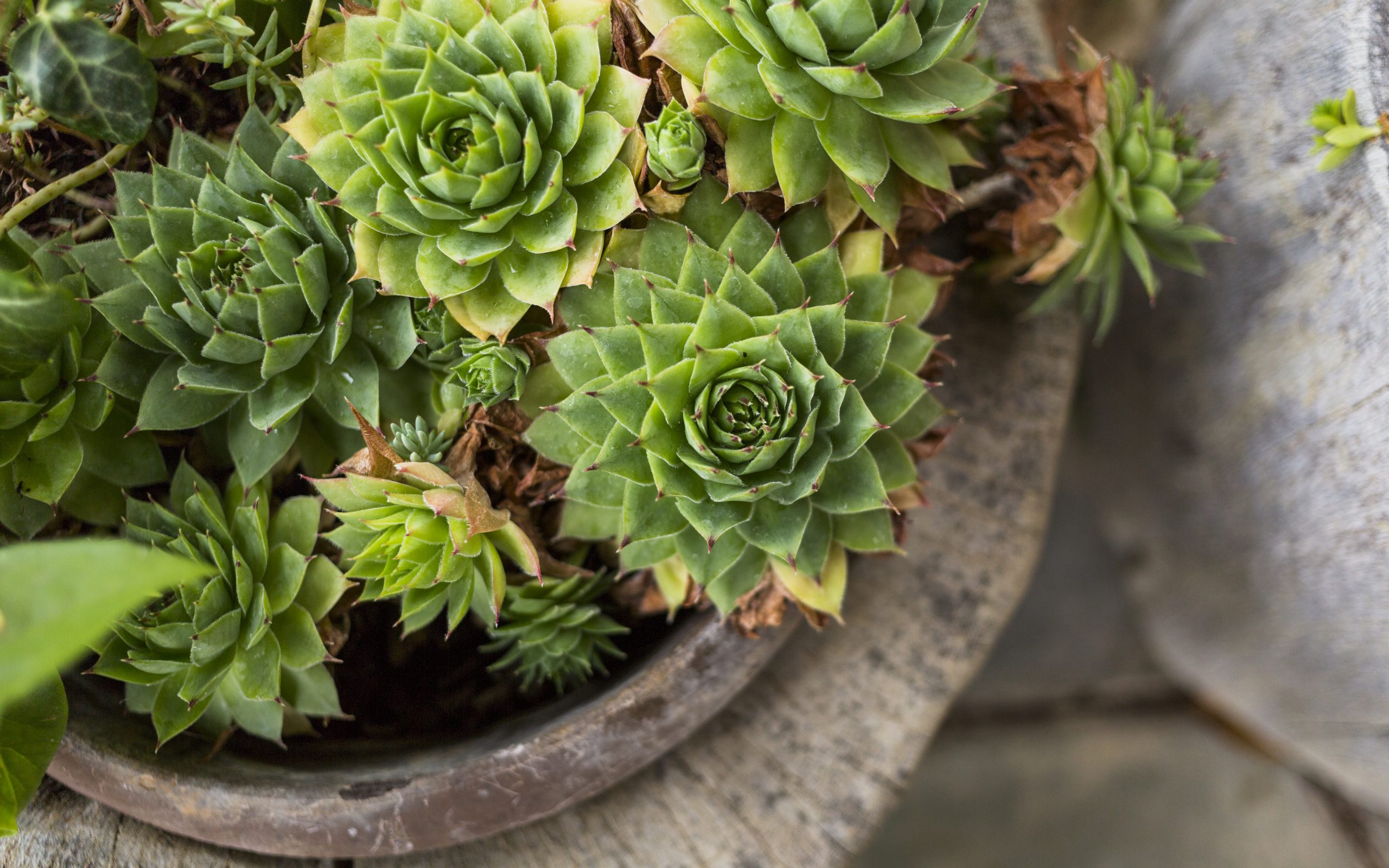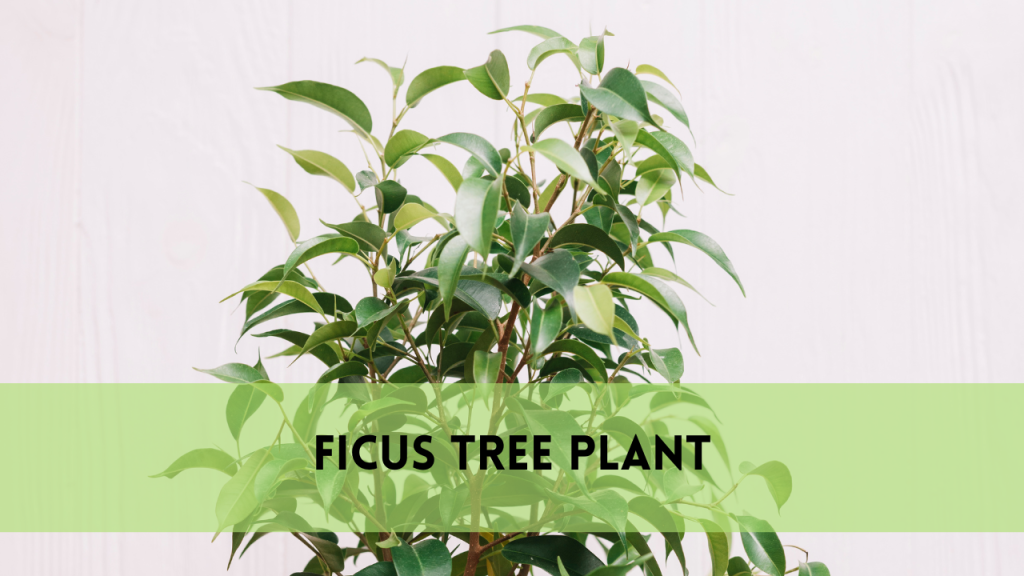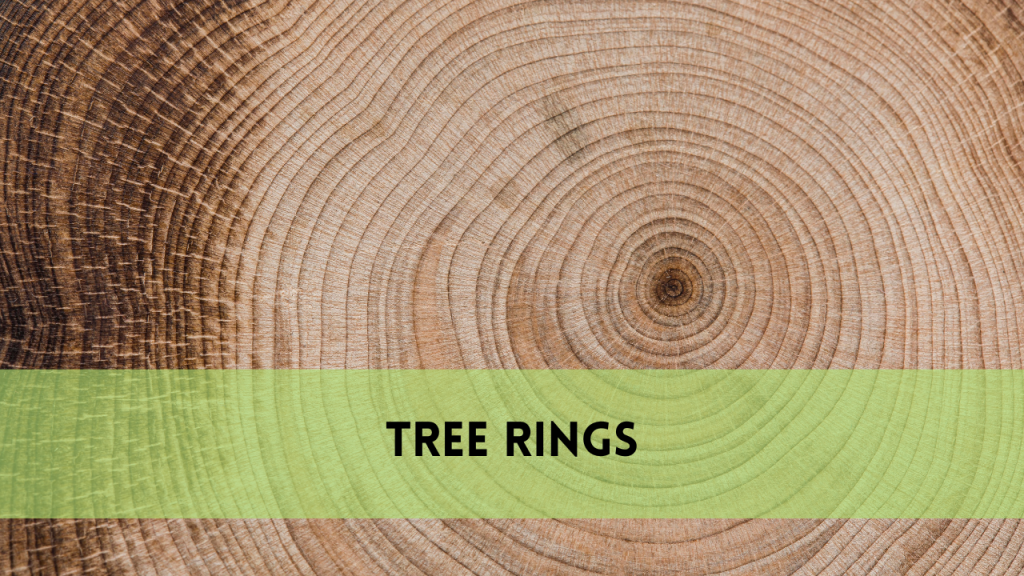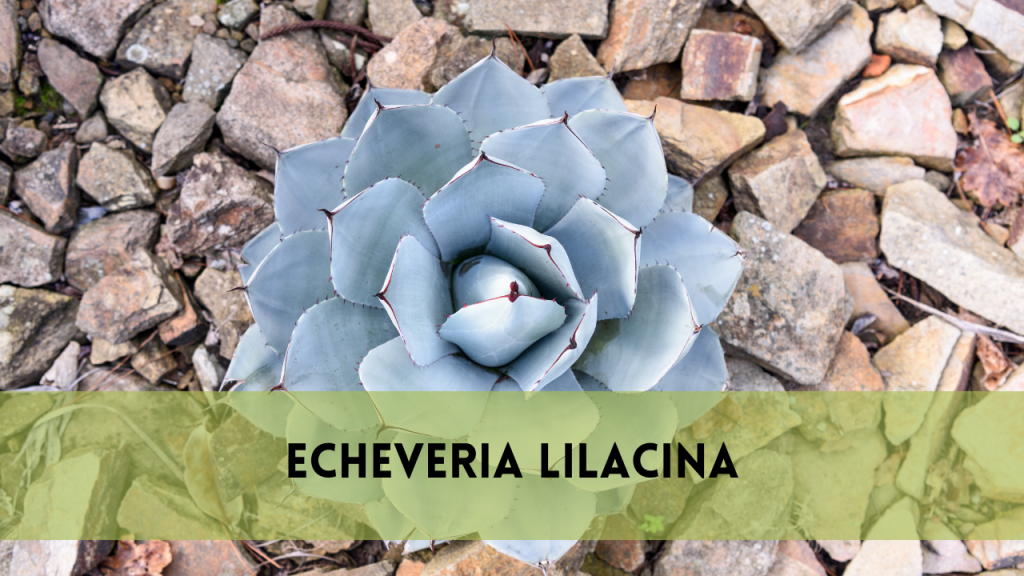Graptopetalum Paraguayense is also known as Ghost Plant. This fascinating succulent has captured the hearts and minds of both gardeners, and plant lovers. This plant is a great choice for beginners as well as seasoned gardeners. Its pale, pastel-toned rosette and easygoing nature make it a good option.
This article will explore the origins, characteristics and care tips of Graptopetalum Paraguayense. We’ll also discuss common problems. You’ll learn all you need to know about growing this plant, whether you are doing so indoors or out.
Origins & Characteristics
Graptopetalum Paraguayense, a member of the Crassulaceae Family, is native to Mexico. It is not native to Paraguay despite its name. This confusion was likely caused by its discovery and its naming. Ghost Plant is the common name for this succulent due to its pale, translucent leaves. These can be in shades of yellow, pink, lavender, blue gray, or even purple depending on their growing conditions.
Key Features of Graptopetalum Paraguayense
- Habitat de croissance: Forms compact rosette that can grow to a diameter of 6 inches.
- Leaves : Thin, fleshy and slightly powdery. Arranged in symmetrical rosettes.
- Flowers Yellow star-shaped flowers with red accents. They appear in early spring or summer.
- Lifespan Perennials can live for many years if they are properly cared for.
Graptopetalum Paraguayense is a highly versatile plant that thrives in gardens, pots, and as an indoor decorative plant.
Ideal Conditions for Graptopetalum Paraguayense
It is essential to mimic the natural environment of Graptopetalum as closely as you can. Here are the ideal conditions:
Light
This succulent thrives in bright indirect sunlight. It thrives outdoors in full sunlight, but in very hot climates it may require partial shade to avoid sunburn. Place it near a window facing south to get adequate light.
Temperature
Graptopetalum Paraguayense grows well in USDA hardiness zones 9-11. It can survive temperatures as low 20degF, but it thrives in the range 60degF-80degF.
Soil
Use a cactus mix or succulent mix that drains well. Mix potting soil and sand/perlite in a ratio of 2:1. It will ensure that the roots are not sitting in water and reduce the risk of rot.
Watering
Ghost Plants are drought-tolerant, and they prefer the “soak and dried” method. When the soil is dry, water thoroughly. Avoid overwatering as this can cause root rot. Reduce watering frequency during winter.
Fertilizer
Graptopetalum Paraguayense should be fertilized with a succulent fertilizer diluted once per month during the growing seasons (spring and summer). Avoid fertilizing during the winter months when plants are dormant.

How to Propagate Graptopetalum Paraguayense
Graptopetalum Paraguayense’s easy propagation is one of the reasons it is so popular. This plant can be propagated in several ways:
Leaf Propagation
- Remove a leaf that is healthy from the rosette.
- Let the leaf callus for a couple of days.
- Spray lightly on the soil after placing it over a well-draining surface.
- Within a few weeks, tiny rosettes and roots will appear.
Stem Cuttings
- Cut the stem of a healthy plant with a rosette.
- Allow the cut to dry and form a callus over a few days.
- Plant the seed in soil, and water it lightly.
Offsets
Graptopetalum Paraguayense produces “pups” or offsets around the base of its parent plant. Remove them and plant in their own container.
Propagation can be a great way to increase your collection, or share a beautiful plant with others.
Common Problems with Solutions
Overwatering
Symptoms include yellowing leaves, stems that are mushy, and root rot. Solution: Reduce the frequency of watering and ensure proper drainage.
Underwatering
Symptoms include shriveled or wrinkled leaves. Solution: Make sure the soil is properly moistened and water thoroughly.
Pests
Mealybugs, aphids and other pests are common. Neem oil and insecticidal soap can be used to fight infestations.
Leggy Growth
Cause: Insufficient light. Solution: Move your plant to a more brightly lit area or add grow lights.
Sunburn
Symptoms: Brown patches scorched on the leaves. Solution: Provide shade during peak sunlight hours.
Landscaping & Decorative Uses
Graptopetalum Paraguayense not only looks great but is also easy to maintain. It’s a popular choice for landscaping and decoration. Here are some suggestions:
- Rock Gardens The Ghost Plants’ pastel shades contrast beautifully with stones or gravel.
- Container Gardens Combine it with other succulents such as echeverias or sedums to create a stunning arrangement.
- Indoor displays: Use in terrariums, or as a center piece on your dining room table.
- Hanging Baskets: Its trailing stems make it perfect for hanging displays.
FAQs
Can Graptopetalum paraguayense grow indoors?
It can grow indoors, if you provide enough light. For best results, place it near a window that gets plenty of sunlight.
How often should I water Graptopetalum paraguayense?
Only water when the soil has completely dried, usually every 2 to 3 weeks Depending upon the environment
Why do the leaves on my Ghost Plant fall off?
It could be caused by overwatering, underwatering or natural leaf falling. To determine the cause, evaluate its care routine.
Can Graptopetalum Paraguayense survive Frost?
It can survive brief frosts, but prolonged frosts can cause damage to the plant. It can be protected by bringing the plant indoors during freezing temperatures or by covering it.
Can pets be poisoned by the Ghost Plant?
Graptopetalum Paraguayense is generally non-toxic for pets. However, it is best to avoid animals chewing on plants.
Graptopetalum Paraguayense and Arborist Heights
Arborist Heights is passionate about plants, and we love to help you create beautiful landscapes. Graptopetalum Paraguayense will add a stunning beauty to your garden if you take the time to care for it. Visit our services and resources for more information on how to grow healthy plants.
Conclusion
The Ghost Plant is an easy-to-care for, beautiful succulent. This plant is perfect for indoor gardening or to add beauty to your outdoor space. The plant’s adaptability to different conditions and aesthetic appeal makes it a favorite of many plant lovers. You can have a healthy Graptopetalum for many years with the tips in this article.
Arborist Heights offers expert advice and services to help you improve your landscaping or plant collection. Happy planting!



